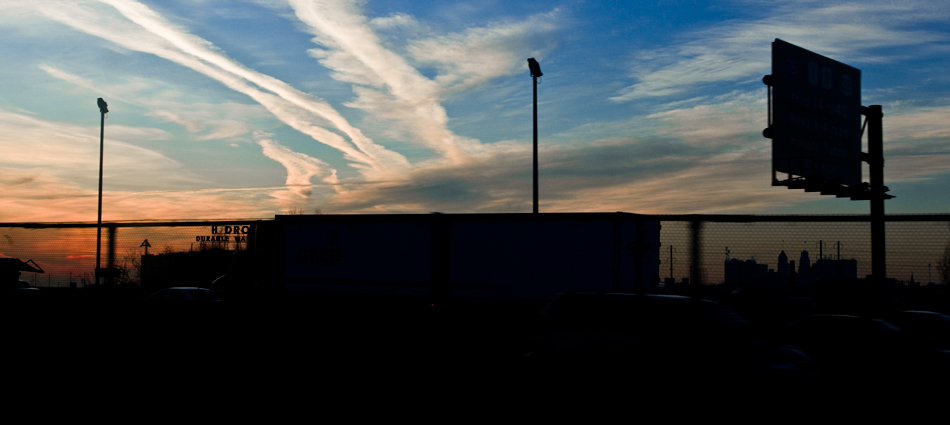Nick Russell photographer | writer | science lover | travelernick at nhvzr dot net
Photographic Process
My photographic approach combines large format film, cutting-edge digital tools, and alternative printing processes like platinum/palladium and uranium to create unique and often haunting images of science and technology.
Despite over a decade of professional experience with Photoshop, my heart still lies in the darkroom. The high resolution of large format negatives combined with the intoxicating tonal range provided by some alternative processes allows a visual experience that can’t be replicated with digital-only techniques. Though the fundamentals of these “alternative” printing techniques are now nearly two centuries old, they remain an incredibly powerful visual tool. Unlike more mechanized digital or silver gelatin approaches, no two prints are alike: each is made with custom-mixed chemistry and hand-coated on the paper with brushes that leave unique distinguishing marks.
Working with a view camera is an excruciating joy. While I might take upwards of 5,000 digital photos on a trip, properly editing that sort of volume is a slog. View camera shooting is time consuming and exacting, but the results speak for themselves: the care put into each shot by necessity, and the image controls afforded by the camera’s movements, make it infinitely more likely to capture a scene right the first time.
Of course, some view cameras are easier to use than others. When Charles and I started working with an 11×14 Wisner Technical Field (thanks to the kindness of the George Mason University Art Department), our 5×7 Korona suddenly started feeling like a point-and-shoot. While it’s possible to run through 15-20 good exposures an hour with the 5×7, we’ve found that a pace of two sheets of film an hour with the 11×14 means we’re likely moving fast enough that we’re making mistakes.
My professional photography and photo editing experience includes work with the National Geographic Society, the Smithsonian Magazine, the Jane Goodall Institute and Wesleyan University. My principal commercial photography hosting site can be found here, though you won’t find many alternative process prints there – those, you have to see in person.
